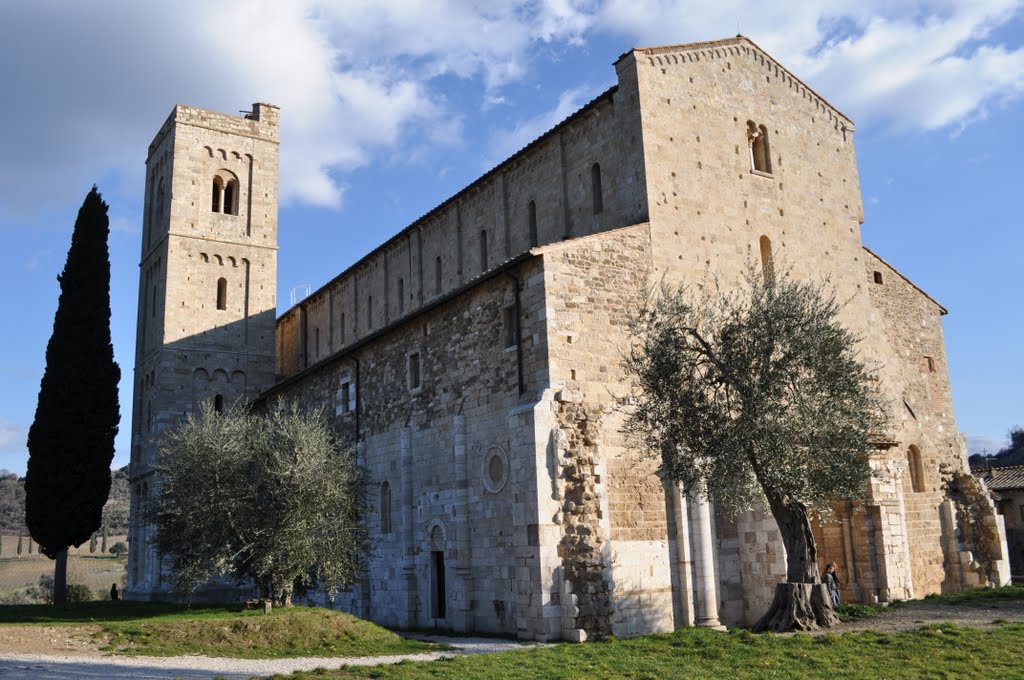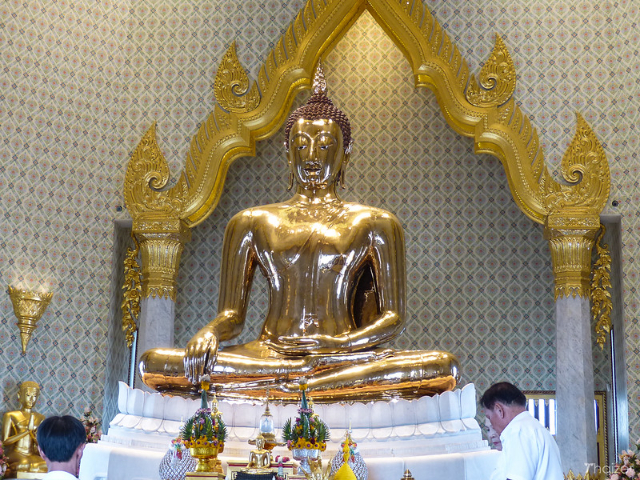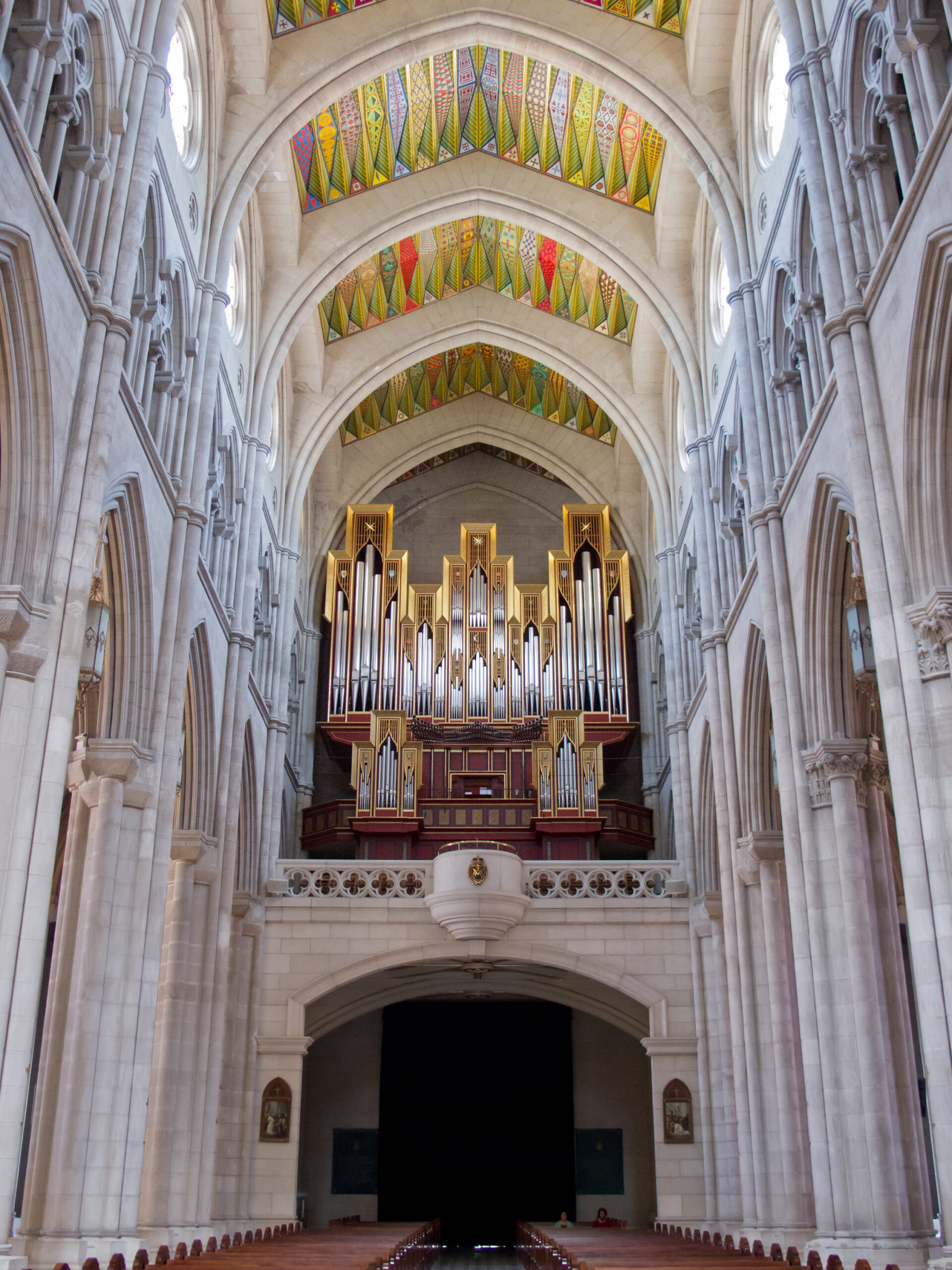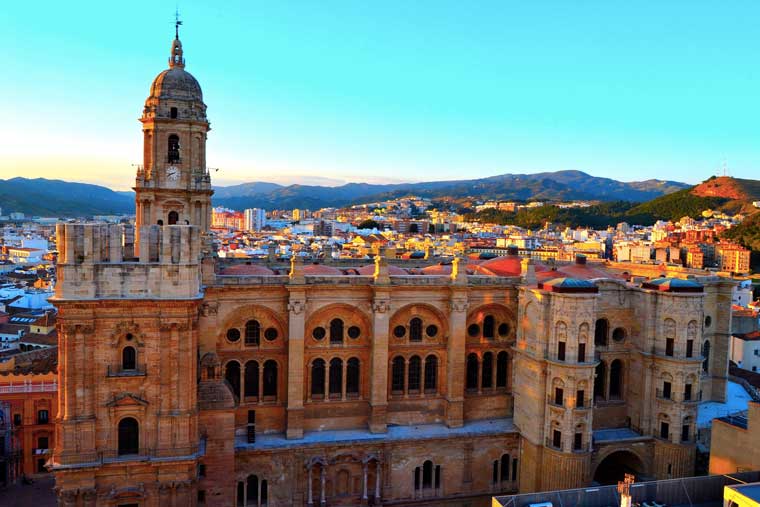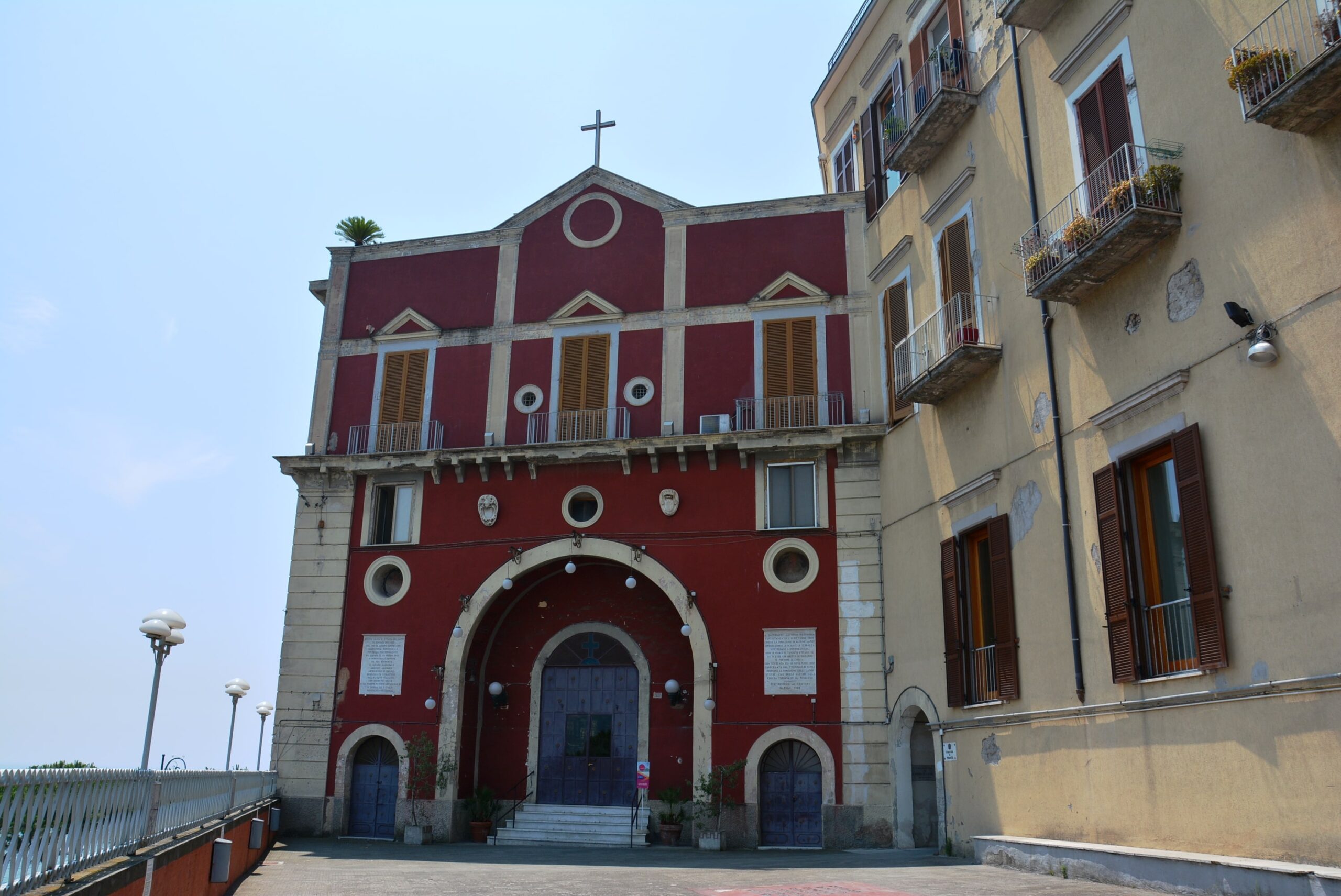The Benedictine monks of Santa Maria di Monte Oliveto, also called Olivetans, were founded in 1319 by the Sienese Saint Bernard Tolomei (1272 – 1348).
They follow the Rule of St. Benedict and are characterized by the white color of their habit – a symbol of their special devotion to the Virgin Mary – and by the fact that they live Benedictine stability within the Congregation of which the Archicenobium of Monte Oliveto Maggiore is the origin and main legal and spiritual reference.
The abbey, a jewel of medieval architecture, stands 9 kilometers from Montalcino in the valley of the Starcia stream, a tributary of the Orcia River, near the village of Castelnuovo dell’Abate. It is one of the most beautiful monuments in the Romanesque style, with obvious references to French and Lombard models. According to an ancient legend, the abbey was founded by Charlemagne, who, returning from Rome with his retinue, while transiting along the route of the Via Francigena, stopped in the Val di Starcia because of the danger unleashed by a plague epidemic. It is said that the emperor vowed that this scourge would cease, and for the grace he received he founded the abbey of Sant’Antimo. Unfortunately, it is not possible to accurately reconstruct the history of the abbey, as much of the documentation relating to it was lost in a fire. It is possible to see the remains of the original Carolingian-era structure in the apsidal area of the monumental temple where the small apsidiole of the ancient parish church, now the sacristy, frescoed inside with scenes from the life of St. Benedict (Giovanni D’Asciano, 14th cent.) and the small crypt, divided into three naves by four columns with porphyry pulvinus, can be seen.
The present church dates from about 1118, as attested by an inscription engraved on the high altar. The construction of the church and convent required a construction effort beyond the financial means of the Benedictine monks, which made it impossible to complete either the facade or part of the monks’ service quarters. The period of decline culminated in the year 1462, when Pope Pius II suppressed the abbey and incorporated it into the Diocese of Montalcino.
One of the distinguishing features of the monumental temple is the material with which it is built: in fact, the structure is completely built in a travertine rock with veins of alabaster, which comes from the nearby quarry of Castelnuovo dell’Abate; this stone gives it an ever-changing effect of luster, depending on the chromatic variations of the sky and the surrounding countryside.
